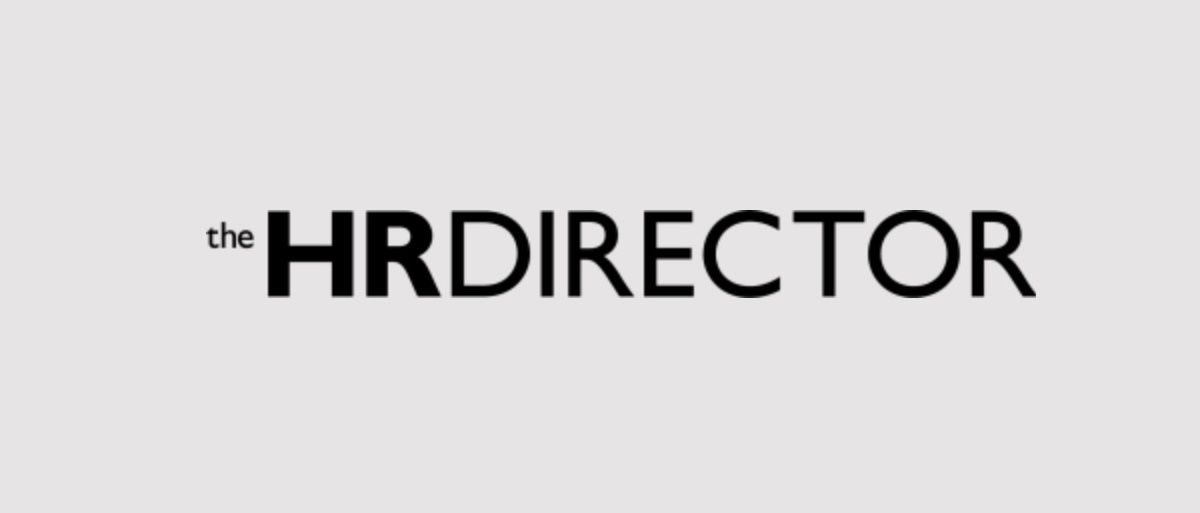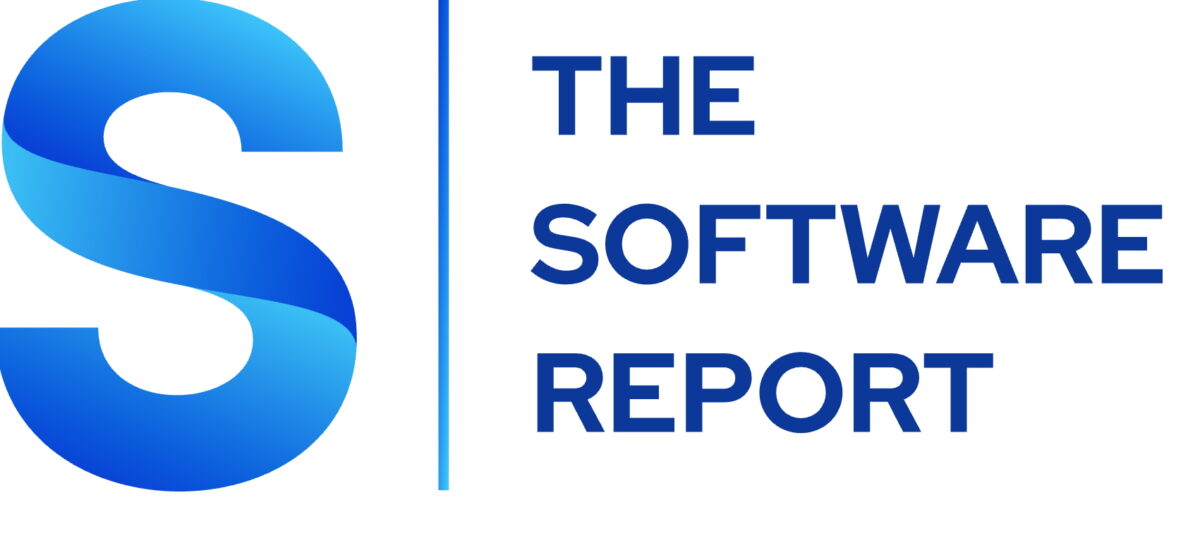Here are just a few of the things I’ve learned to cook recently: Mustard Braised Chicken with Tarragon. French Apple Cake. Mezze Skewers with Pan-Seared Haloumi Cheese and Roasted Red Peppers. Stone Fruit Shortcake with Roasted Peaches and Plums.
Wait, I thought this was an Employee Relations blog, right?
I’m getting there!

We regularly hold interactive events here at HR Acuity, and some of my favorites are our cooking outings with clients and colleagues. We’ve recently hosted culinary evenings in NY, Boston and San Francisco, and they’ve been great fun – a mix of employee relations discussion, kitchen skills and delicious food. (There’s one left this year, on November 12 in Atlanta – message me for details if you’d like to join!)
But in addition to the excellent community and food, what struck me during these events is how similar cooking itself is to employee relations. If you’ll bear with a little corniness – well-grilled and seasoned, of course – here are a few things cordon bleu cuisine and best-practice employee relations have in common.
1) Cooking and ER are both art and science – and both take practice.
As I watched the highly skilled chefs show us how to wield knives, pare vegetables, sear meat and sauté vegetables, I marveled at how easy they made it look. Yet when we tried to duplicate the results ourselves, it wasn’t quite so simple. Their years of training and scientific techniques were obvious.
We did best when we followed the instructors’ leads. For example, instead of randomly chopping, we did better when we used the specific knife skills we learned.
Yet, cooking is also an art, from the just-so spicing to the nuanced timing to presentation. We learned to taste along the way to inspect for doneness to the importance of a beautiful plate.
Employee relations, too, is both an art and a science. We study and practice our craft, from the techniques of interviewing and investigations to the nuances of accommodations to the laws of discrimination and harassment. Yet applying those techniques requires strong relationship skills and empathy – an art if ever there was one.
ER is not stone fruit shortcake with clotted cream – it’s a lot more important – but it does require delicacy, timing and training. As artists and scientists, we carefully balance the needs of employees and employers to create fair, considered, objective outcomes.
2) For best results, start with a recipe and personalize.
As with cooking, in employee relations, it’s best to start with a recipe. In ER, that takes the form of best practices and protocols.
For example, when conducting investigations, interviews should be thorough and consistent, but interviewers may not be consistently trained. In fact, in our most recent Benchmark Study, we found that 20% of companies train investigators only “as needed”. Using standard interview questions and guidelines, or a “recipe,” helps all your “chefs” stay fair, clear and use your company’s standards as well as industry best practices.
Just like recipes, best practices and protocols can also be adapted. Prefer cinnamon to nutmeg? Want to make your recipe low-fat? Just make a tweak. What works in a financial services firm may not work for a healthcare company, or a smaller organization may want to change questions from an enterprise interview guideline. Or, you may simply want to adapt the “recipe” to use your firm’s own language.
But starting without any guideline at all is a recipe for disaster. Forget the yeast and your bread doesn’t rise. (Sorry, but we’re in this metaphor for all we’ve got now!) Forget questions or treat interviewees differently and the consequences are much more severe: Interviewees can claim bias or unfair treatment. Or, you may not uncover complete information, compromising your investigation.
3) Document and share what you learn.
How many times have you cooked a great meal and not written down the tweaks you made to the recipe? Frustrating, isn’t it? Was it a pinch more of Dijon or extra Worcestershire? Did you cook it for 10 minutes longer or shorter?
Cooking means testing and learning, and documenting what we learn. We also share our best recipes – among family, among friends, on the internet.
Employee relations also depends on accurate documentation and sharing of data – and the stakes are high. Documentation is critical to maintaining a clear, consistent view of circumstances that protects all involved. Spreadsheets and Post-It notes may work for cookbooks, but in today’s world of harassment, discrimination and high employee expectations, documentation can’t be left to chance. Data must be recorded in a centralized way that enables history, visibility into patterns and appropriate access.
Technology enables this documentation, sharing and analysis, and as in cooking, it’s changed the game. Just as it’s hard to imagine cooking without a food processor, good knives or a high-powered oven – leaving aside Instapots, air fryers and whatever other inventions I haven’t even discovered yet! – HR and employee relations are no longer manual professions. As a boss I once had said, “we’re cooking with gas now!” Little did he know I’d quote him so literally!
We could go on and on – quality ingredients are like quality conversations; employees, HR and managers collaborating are like the elements of a great meal working in harmony – but you get my belabored point. Like cooking, employee relations is a nourishing, elemental activity that enables us all to build strong bonds. Thanks for bearing with me. I hope to share an actual meal with many of you soon!
And if you’d like to cook up a better way to track employee relations issues and investigations (sorry!), sign up for a demo to see how HR Acuity can help you improve your employee relations management.
Bon appetit!




